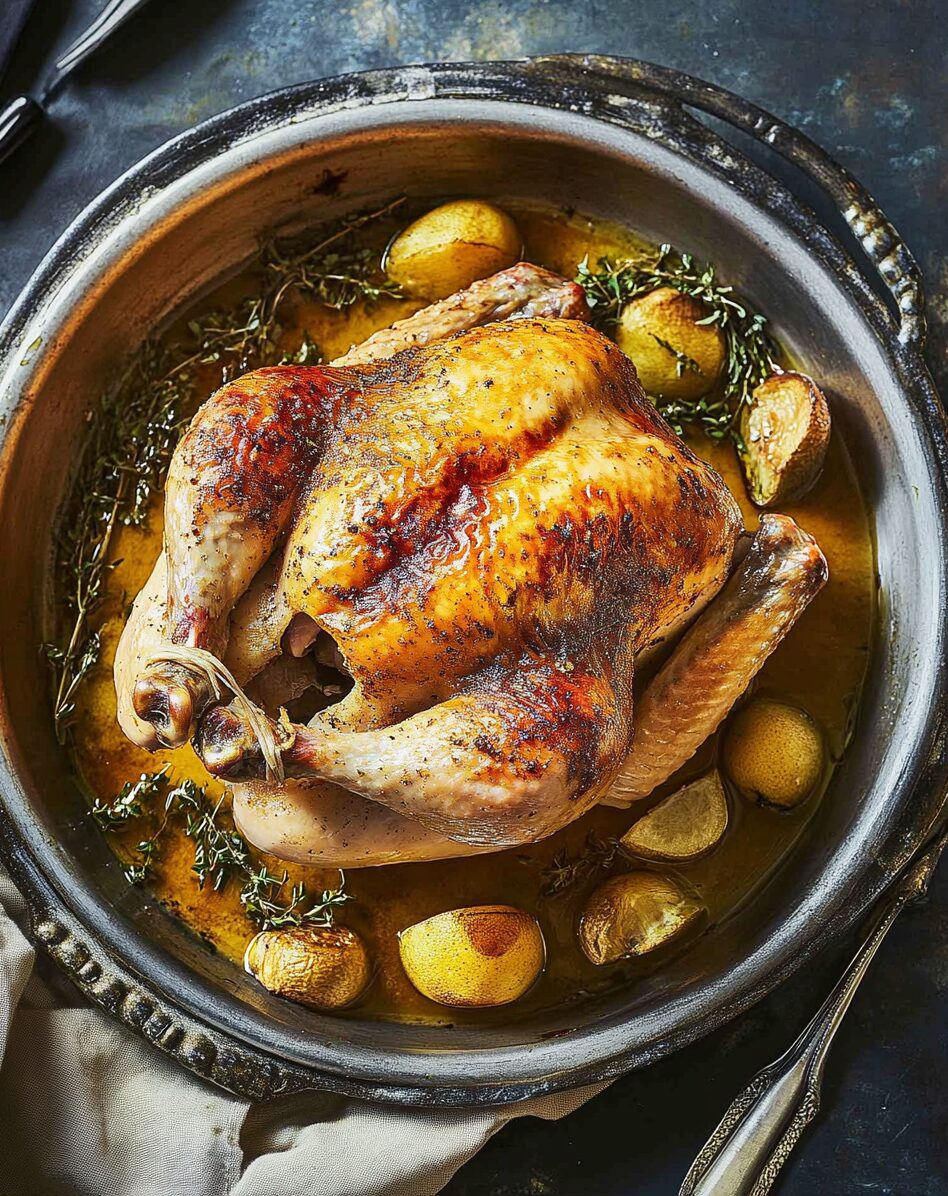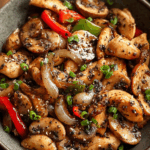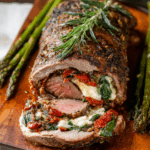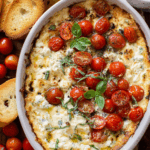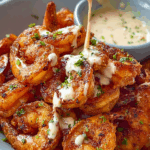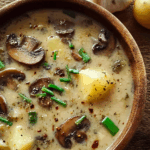Juicy Roasted Chicken is a timeless dish that brings warmth and comfort to any meal. With a crispy, golden-brown exterior and a tender, flavorful interior, this chicken is infused with herbs and a hint of onion, offering a satisfying taste experience. The aroma of roasting chicken fills the kitchen, promising a delicious dinner that is sure to be a crowd-pleaser.
This dish is incredibly versatile and perfect for any occasion, from a cozy weeknight meal to a special family gathering. It’s simple to prepare with just a few ingredients, yet it delivers a complex and hearty flavor. The combination of juicy meat and crispy skin makes it a favorite for both children and adults. Serve it with roasted vegetables, mashed potatoes, or a fresh salad for a complete and delightful meal.
Full Recipe
Ingredients:
- 1 (3 pound) whole chicken, giblets removed
- Salt and black pepper to taste
- 1 tablespoon onion powder, or to taste
- ½ cup margarine, divided
- 1 stalk celery, leaves removed
- 1 small onion, quartered
- 1 cup chicken broth
Directions:
- Preheat the oven to 350°F (175°C). Rinse the chicken and pat dry.
- Season the chicken generously with salt, black pepper, and onion powder inside and out.
- Place 3 tablespoons of margarine in the chicken cavity. Arrange the remaining margarine in small clumps over the chicken’s outer surface.
- Cut the celery into 2 or 3 pieces and place inside the chicken cavity along with the quartered onion.
- Place the chicken in a roasting pan and pour the chicken broth over the top.
- Cover with aluminum foil and bake in the preheated oven for 1 hour.
- Remove the foil, baste the chicken with the broth and continue roasting until the chicken is golden brown and the juices run clear, about 30 minutes more.
- An instant-read thermometer inserted into the thickest part of the thigh should read at least 165°F (74°C).
Prep Time: 15 minutes | Cooking Time: 1 hour 30 minutes | Total Time: 1 hour 45 minutes
Kcal: 460 kcal | Servings: 6 servings
History and Origin
Roasted chicken has been a culinary staple for centuries, with roots tracing back to ancient civilizations. In medieval Europe, roasting was one of the primary methods of cooking whole birds, often over an open fire or on a spit. This technique allowed the meat to retain its natural juices while developing a crispy, golden skin. As the method evolved, herbs and seasonings were introduced to enhance the flavor, making roasted chicken not only a delicious but also a versatile dish that could be adapted to different cultural tastes.
The tradition of roasting chicken became particularly popular in France, where it was refined into an art form. The French perfected the technique, introducing the practice of basting the bird with its own juices to ensure tenderness and moisture. This method spread throughout Europe and eventually the world, leading to countless variations of the dish. Today, roasted chicken is a universal favorite, found in various forms in cuisines across the globe, each with its unique blend of spices, herbs, and cooking techniques.
More Information
The evolution of roasted chicken reflects the changing landscape of food culture, kitchen technology, and global flavors. In ancient times, roasting over an open flame was a communal activity, often carried out during celebrations and feasts. The whole bird, skewered on a spit, would turn slowly over the fire, its skin gradually crisping as the juices were locked inside. This method was not only practical but also allowed for the gathering of families and communities, making the meal itself an event.
As kitchens evolved, so did the techniques for roasting chicken. The introduction of ovens in the 19th and 20th centuries transformed home cooking, making it easier to achieve consistent results with less effort. The use of ovens enabled cooks to control temperature and cooking time more precisely, leading to innovations such as basting and seasoning with herbs, butter, and broths. In many Western households, roasted chicken became synonymous with Sunday dinners, a tradition that symbolized togetherness, comfort, and the end of the week.
Roasted chicken also adapted to regional ingredients and tastes as it traveled across the globe. In South America, for instance, the bird is often seasoned with citrus and chili, creating a zesty, flavorful dish. In India, the concept of roasted chicken is elevated to dishes like tandoori chicken, where the bird is marinated in yogurt and spices before being cooked in a tandoor, a traditional clay oven. This diversity in preparation methods illustrates the dish’s universal appeal and its ability to be a canvas for a wide array of culinary expressions.
Culturally, roasted chicken holds a special place in celebrations and holidays around the world. In the United States, it’s often featured in Thanksgiving and Christmas dinners as a comforting alternative to turkey. In Jewish cuisine, roasted chicken is a traditional dish for Shabbat and festive holidays. Similarly, in Asian cultures, chicken is considered a symbol of prosperity and is often served during special occasions and family gatherings. Its versatility and ability to be paired with a wide range of side dishes, from roasted vegetables to rice pilaf, make it a go-to option for festive menus.
Conclusion
This Juicy Roasted Chicken is more than just a recipe—it’s a culinary journey that spans centuries and continents. It embodies the essence of communal eating, where the simple act of roasting a chicken can bring warmth and joy to the dining table. With its roots deeply embedded in both ancient and modern cooking traditions, this dish showcases how basic ingredients, when treated with care and respect, can produce extraordinary results.
By making this roasted chicken, you’re not only preparing a delicious meal but also engaging with a rich cultural heritage. It’s a testament to the enduring appeal of simple, wholesome cooking that resonates with people everywhere. Whether you choose to keep it classic or infuse it with your own creative twist, this recipe offers a connection to the past while providing endless possibilities for the future. Enjoy it as a centerpiece on a special occasion or as a comforting meal after a long day—either way, it’s sure to become a beloved staple in your kitchen repertoire.

